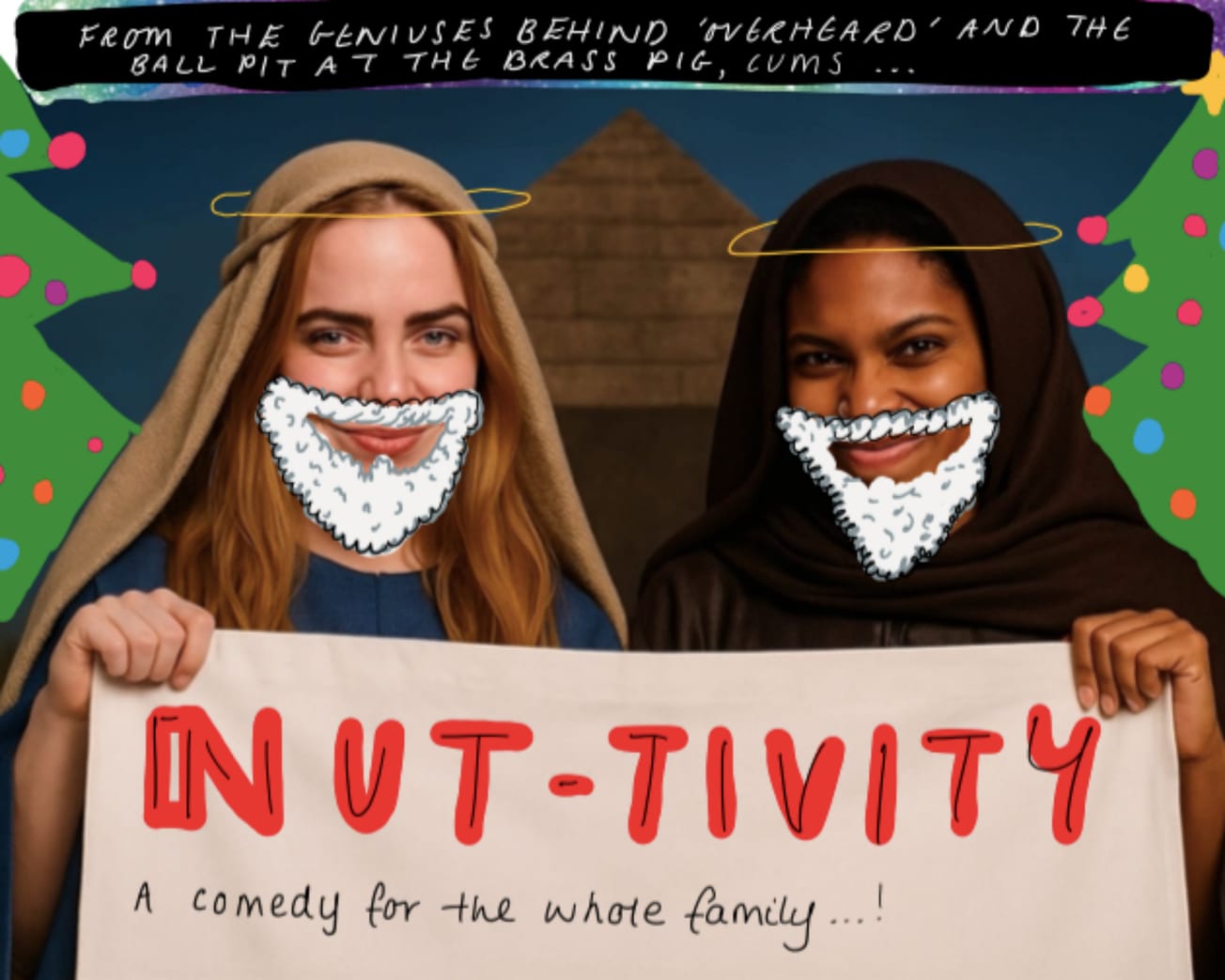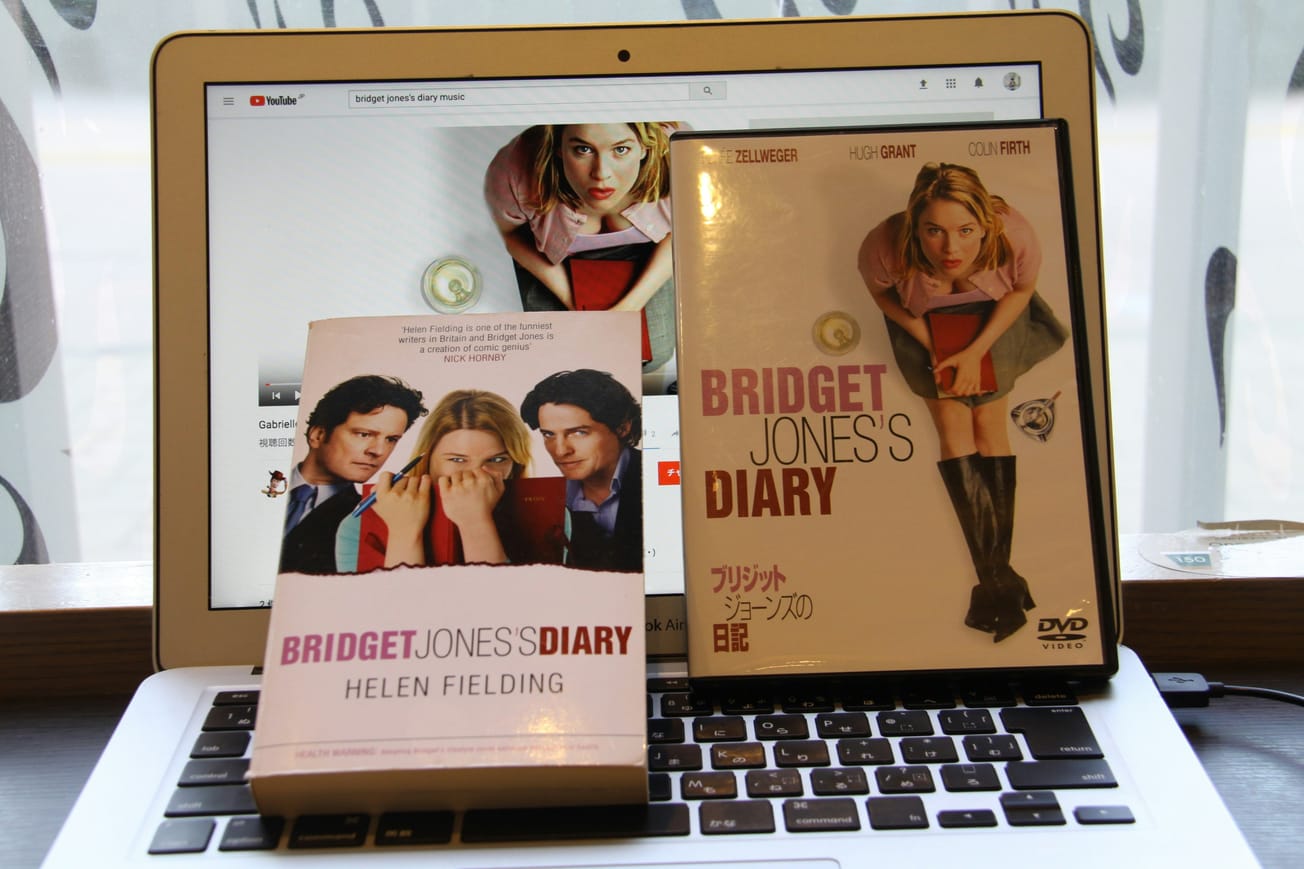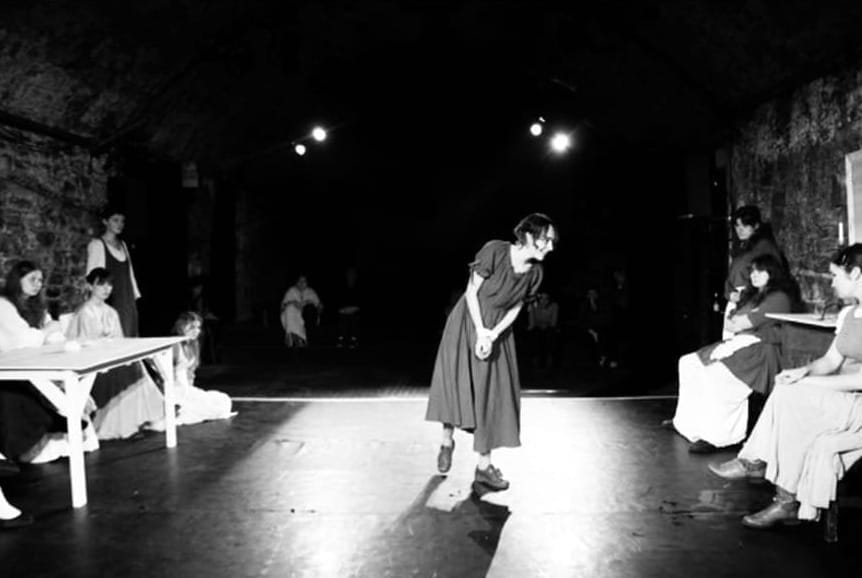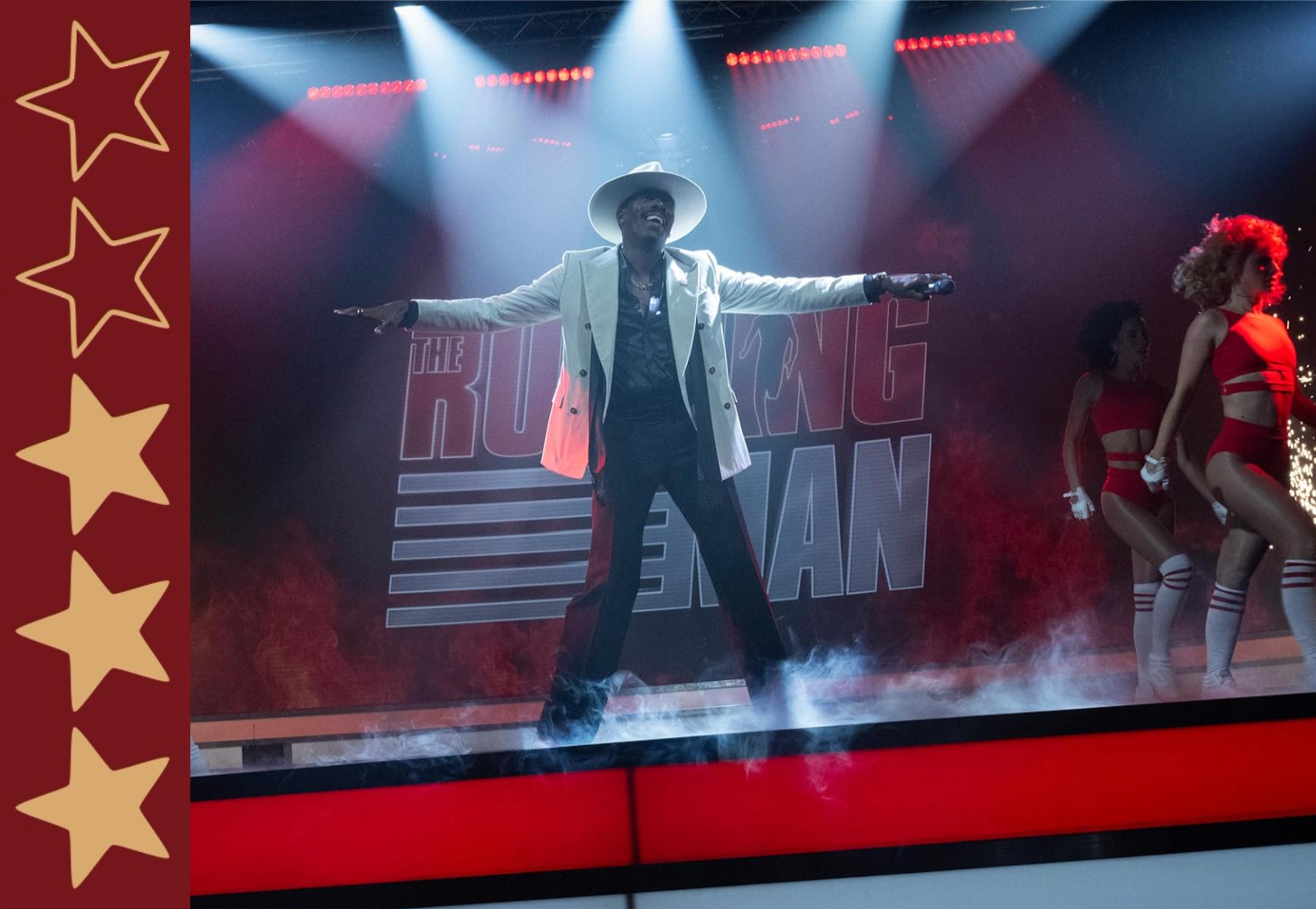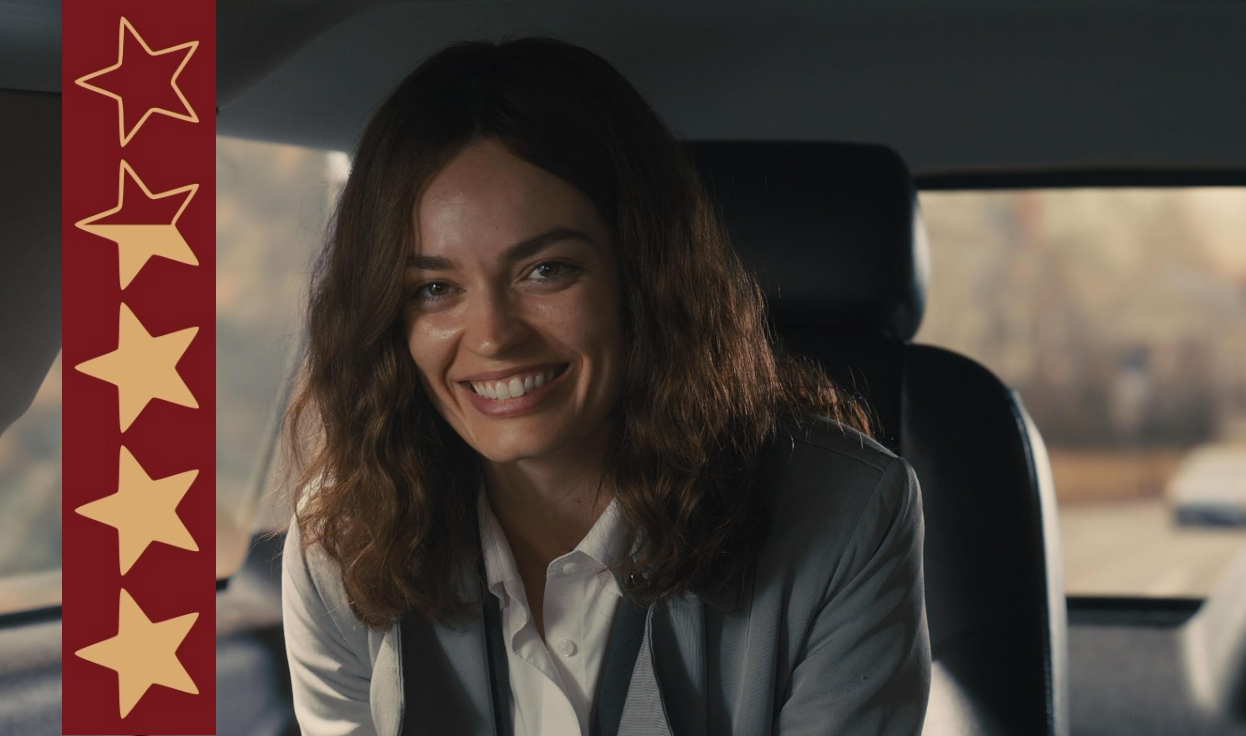Brat is the sensation of the summer, and its cover is a disaster. Charli XCX's sixth studio album embodies a messy, club-going, un-self-conscious lifestyle; a welcome return for the ‘recession pop’ of the late 2000s and early 2010s, headed by artists like Kesha, Rihanna and Lady Gaga.
Charli defined the character of brat as 'trashy': 'just like a pack of cigs and a Bic lighter. And like, a strappy white top with no bra.' Brat welcomes the long-awaited rival to the ‘clean girl’ aesthetic that has dominated social media for the past few years. It is a rejection of the ceaselessly image-obsessed society which shackles us and forces us into narrow definitions of how we must present ourselves. And yet, the iron fist of aesthetic reigns supreme. It was never going to be long before brat marketing surfaced, and TikToks of ‘brat outfits’ and makeup tutorials started rearing their heads.
The album cover is central to the buzz surrounding brat. The cover’s pixelated, stretched arial font evokes MySpace and LiveJournal user icons, a symptom of the current yearning for the early digital age. We’ve seen this desire in the re-release of the Nokia 3310 (originally released in 1999) and the glamorisation of Y2K aesthetics online. The placement and size of the text is deliberately jarring and unappealing, and the cover’s distinctive slime green background was equally thought-out. Brent David Freaney, designer of the album cover, revealed that the design process involved choosing between 500 shades of green, before landing on the most off-putting one, described by Charli as 'quite disgusting', 'unfriendly and uncool'. The singer claimed that the aim of the cover was to start conversations about desirability. In this way, the cover mimics the album’s subversion of feminine ideals and refusal to bend to the entrenched standards for women.
'As quickly as they are discovered, colours become owned'
So the impact of colour rages on. Historically, colours in art took on significance based on how hard they were to source - purple, for example, came to represent royalty as a result of the expensive process of making the Tyrian dye - and to this day, new colours are discovered and created, and come to bear associations with class, political alignment, emotions and character. As quickly as they are discovered, colours become owned. In the 1960s, Yves Klein bought the rights to his signature ultramarine blue. In 2016, contemporary artist Anish Kapoor famously bought Vantablack, at the time a new paint known as the ‘blackest black’, a shade which absorbed 99.956 percent of light, giving everything it touched a deceptive flatness. In trademarking Vantablack, Kapoor legally banned anyone else from using it, which provoked artist Stuart Semple to retaliate by creating his own colour; what he branded ‘the pinkest pink’, which he put on the market for everyone but Anish Kapoor, making consumers of the paint sign a document stating that they are not Kapoor, or purchasing on his behalf. Brat green has had its own monopoly over the summer, much how Barbie pink reigned over the last. Time and time again, colour proves its authority outside of the artistic sphere.

The rise of streaming services in the past few decades undoubtedly diminished the power of the album cover. Spotify replaced album covers on our screens with short video clips; the cover shrunk down to a tiny square on our lockscreens. But since 2014, vinyl sales have shot up; the vinyl sleeve became a decorative item, wall art for some. This phenomenon brought our attention back to the design of album covers as impactful artworks. Brat’s cover largely owes its buzz to the 15 year-old tumblr girls who made vinyls their ‘aesthetic’ in 2014.
Naturally, it hasn’t taken long for brands to start catching on. Clothing and makeup companies are promoting products in Brat green, Vogue Business reported that ‘searches for items in Brat-style “slime green” surged 17 per cent’ in just two weeks, and profits have soared for brands like Marni, Balenciaga and Givenchy.
The cover art has wormed its way into the political world as well, proving the relevance of art in politics, and politics in art. In the lead up to the UK’s general election, the Green party posted ‘brats vote green’ on Instagram in an imitation of the cover’s design; a direct address to the youth, the Twitter of Kamala Harris’ presidential campaign following suit with a pixelated ‘Kamala HQ’ plastered onto the profile’s banner. This followed Charli XCX’s tweet which simply stated ‘Kamala IS brat’. Harris has Charli’s support. It’s all playful and cleverly done, yet I can’t help but find it a little cynical; the appropriation of the club-going, drug-loving, messy girl aesthetic by a presidential candidate in order to win the youth vote. It serves as a crafty inside joke between Democrat interns and Gen Z and Millennial voters. Or perhaps this is what we need. In a time of Trump’s anti-abortion, anti-environmental policies which laugh in the face of women and young people, perhaps the adoption of such tactics is necessary.
It seems our world has a way of ingesting every attempt at liberation from a system, and regurgitating it for mass consumption, but perhaps we can see through that. At its core, brat is about an attitude, so in order to truly embrace it, we must drop our pretences, stop buying and enjoy our youth.



